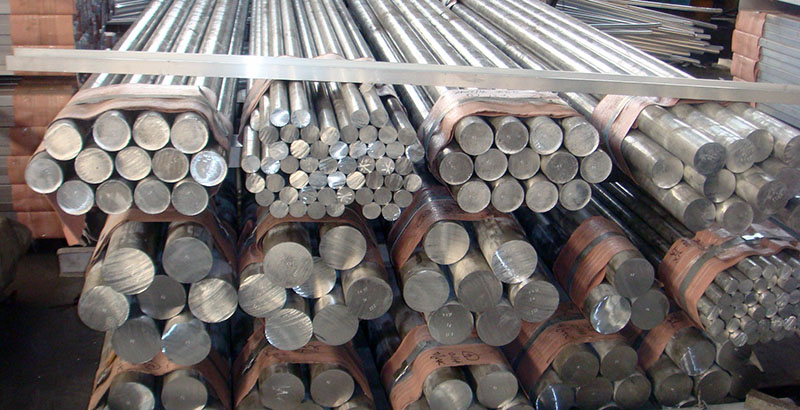Stainless steel rods are widely used across various industries due to their unique properties and characteristics. Here's a detailed overview of the advantages, disadvantages, and applications of stainless steel rods in English.
Advantages of Stainless Steel Rods
Corrosion Resistance:
One of the most significant features of stainless steel rods is their excellent resistance to corrosion. They can withstand various chemical media and atmospheric environments, especially those containing chlorides.
High Strength:
Stainless steel rods possess high tensile strength and wear resistance. Their hardness and strength can be further enhanced through cold working.
High and Low-Temperature Resistance:
Certain types of stainless steel rods maintain their mechanical properties and corrosion resistance at extremely high or low temperatures.
Ease of Cleaning and Maintenance:
The smooth surface of stainless steel does not easily harbor bacteria and dirt, making it easy to clean and sterilize. This is particularly beneficial for applications requiring strict hygiene.
Aesthetic Appeal:
Stainless steel rods can be finished in various ways (e.g., polishing, brushing) to achieve a desirable appearance, meeting design and decorative needs.
Recyclability:
Stainless steel materials have a high recyclability rate, aligning with current environmental sustainability trends.
Disadvantages of Stainless Steel Rods
Cost:
Compared to ordinary carbon steel, stainless steel rods are more expensive, especially those with high alloy content.
Processing Difficulty:
Due to the hardness of stainless steel, it requires more energy and complex processes to work with than some other materials.
Thermal and Electrical Conductivity:
Stainless steel has relatively poor thermal and electrical conductivity, making it unsuitable for applications that require good heat or electrical conductance.

Applications of Stainless Steel Rods
The unique properties of stainless steel rods make them highly versatile for a wide range of applications:
Construction:
Used as building structural and decorative materials for handrails, balustrades, door and window frames, etc.
Automotive Manufacturing:
Employed in manufacturing various automotive parts and structural components, especially those requiring good corrosion resistance.
Medical Devices:
The hygienic properties of stainless steel make it suitable for manufacturing surgical instruments, dental tools, etc.
Food Processing and Kitchen Utensils:
Due to its non-reactivity with food, it's widely used in kitchenware, food processing equipment, etc.
Chemical and Marine Engineering:
In chemical production, it's used to make corrosion-resistant containers, pipelines, etc.; in marine engineering, for ship components, offshore platforms, etc.
General Industry:
As a material for manufacturing various mechanical parts and components, such as valves, pumps, shafts, etc.
Stainless steel rods, with their diverse properties and applications, have become indispensable materials in modern industry and daily life.